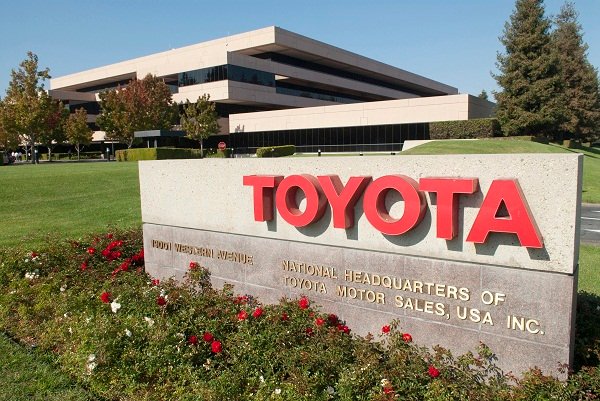Unintended acceleration suit results pending approval
With a horrific crash in 2009 near San Diego Toyota and Lexus came under intense scrutiny to understand what went wrong, and more importantly, why. Toyota’s announcement of an agreement to this settlement, if approved, will put an end to the financial cloud hovering over the company while this concern was unresolved, but it does little to answer the question as to what really happened.
Toyota’s top lawyer, Christopher Reynolds, made the following statement:
“This was a difficult decision – especially since reliable scientific evidence and multiple independent evaluations have confirmed the safety of Toyota’s electronic throttle control systems. However, we concluded that turning the page on this legacy legal issue through the positive steps we are taking is in the best interests of the company, our employees, our dealers and, most of all, our customers.”
In other words, Toyota is saying that their systems are safe. This does not answer the question though, of what went wrong, and why. Toyota announced that they are taking a $1.1 billion charge, which they expect to cover the costs of the settlement. Resolution to current and former Toyota owners includes cash payments to those who sold or turned in leased vehicles, longer warranty terms for current owners, and installation of a brake override system for some.
Last year we wrote about Nissan’s use of brake override technology (found here). Nissan started using this technology ten years ago in 2002, and has used this technology on all of its vehicles since 2005. In a nutshell, if gas and brake are both applied, the brakes win. Nissan has since gone on to introduce improved driver and pedestrian safety enhancements including forward collision warning and prevention technology (YouTube video here) and a backup collision intervention system (YouTube video here) on select Infiniti models. Look for these safety technologies to ultimately find their way into Nissan products.
Don’t get us wrong here. The intent is not to bash Toyota, as any corporation that puts up over $1 billion to settle claims is in no way shirking their responsibility. Our intent is to highlight that Nissan, as a corporation, has focused on owner and vehicle safety for a very long time, and that focus shows no signs of letting up. In fact, we discovered a technology article dating back to 2010 (found here) that shows Nissan’s desire to reduce Nissan vehicle fatalities globally by 50 percent from 1995 through 2015. They achieved their goals as early as 2008 in the United Kingdom while being on target to meet or exceed those goals in Japan and the United States.
Automobile safety is paramount. Prior to the arrival of my kids, I was all about performance. Perspectives change with the arrival of parenthood. The National Highway Traffic Safety Administration’s (NHTSA) tests are important, as are the Insurance Institute for Highway Safety’s (IIHS) crash test ratings. But as I always tell the automobile sales consultants in my training sessions – nobody crashes a car in a lab. As can be seen by some manufacturer’s results in the latest new safety test developed by IIHS, not all manufacturers build all around safe vehicles. Some build to the test. Nissan has been measuring their results in the real world for almost 30 years with continuing improvement being shown. I’ll take those real world results any day.

